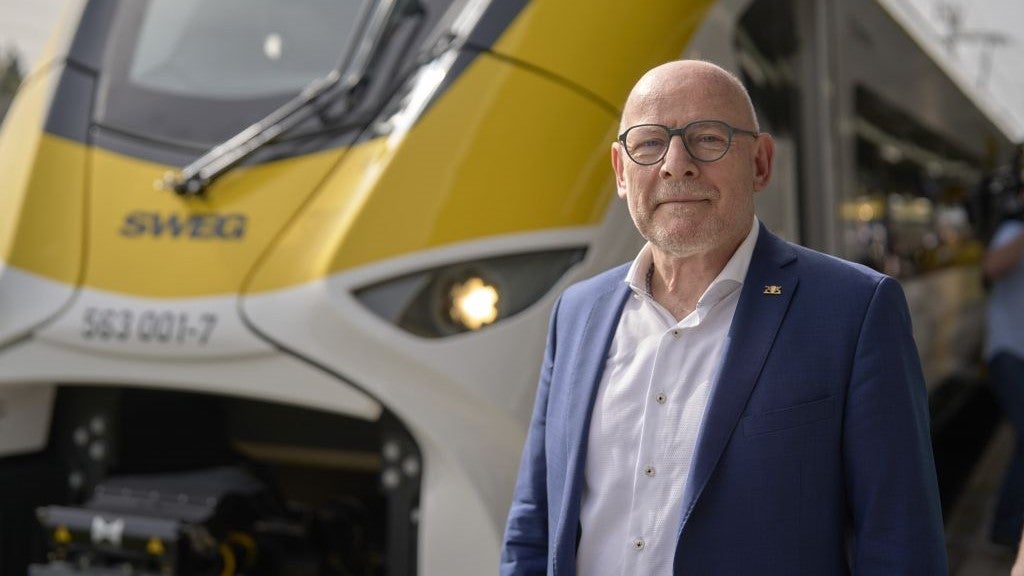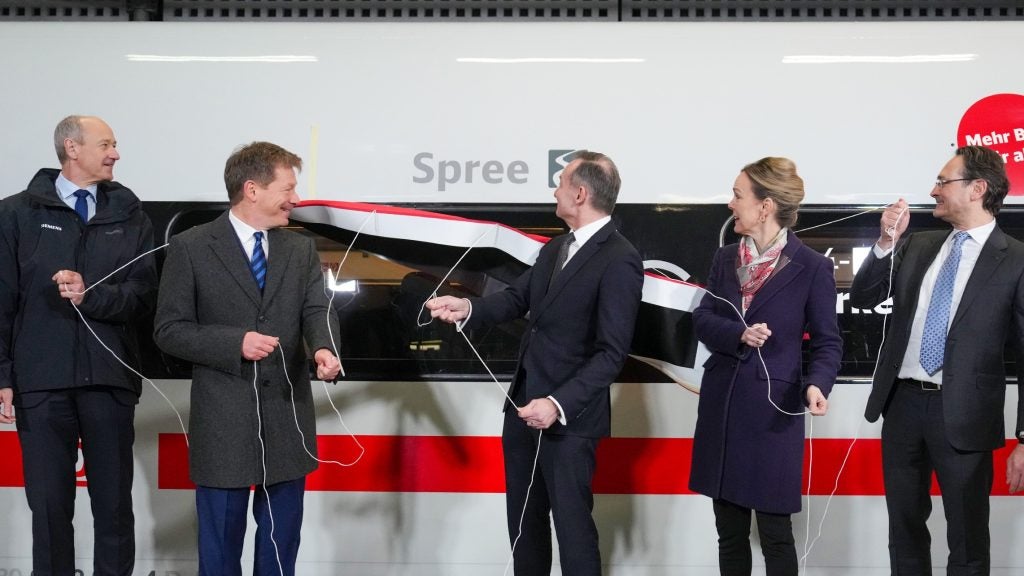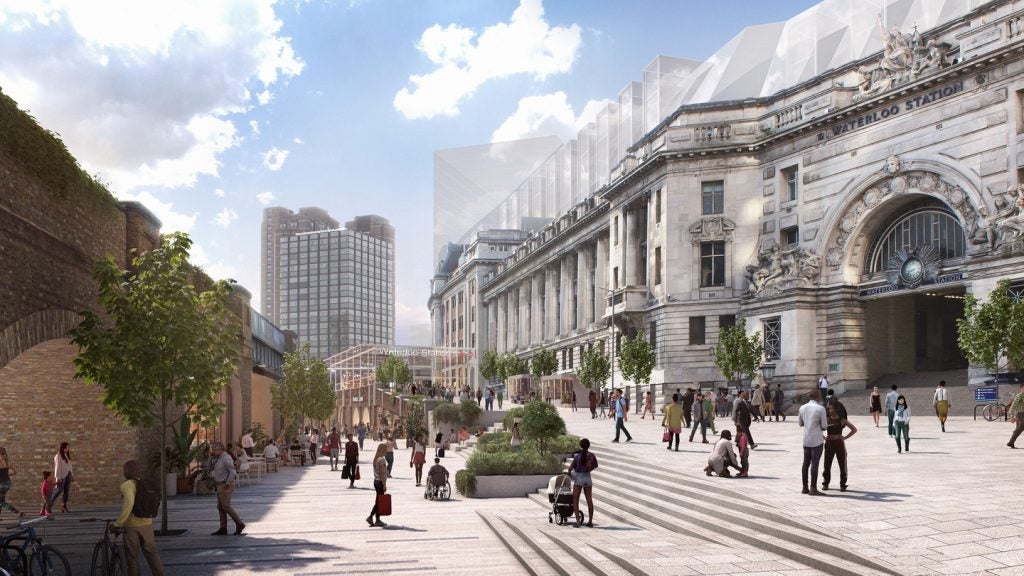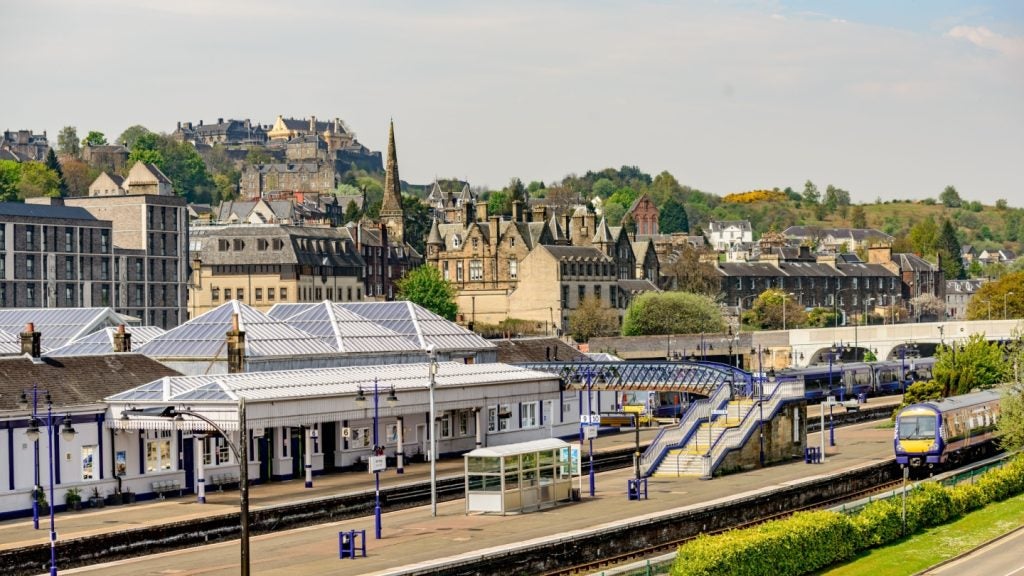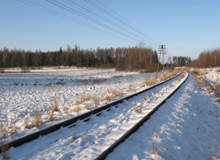
Transport for London (TfL) knows commuters have had some unfortunate experiences – crammed like sardines and sweltering onboard a tube during peak hours, praying for the doors to open and fresh air to flood in. For the general population, introducing air-conditioning seems a frustratingly obvious solution. Despite spending years searching for a solution, for TfL the challenge remains a complex one due to the set of environments and solutions unique to each line and location that must first be solved.
In an attempt to crack the solution to cooling London's underground network, which comprises 268 stations and approximately 400km of track, the Tunnel Cooling programme was launched. It hopes to mark the transition of a cooler London underground network from an 'if' into a 'when'. Over the last few years the programme's team has been conducting extensive research into the exact conditions of each underground line and developing possible solutions to combat rising temperatures.
By 2010, TfL and its supply-chain partner Metronet expect to deliver the first air-conditioned carriages to the London Underground's subsurface lines, namely the Metropolitan, Circle, Hammersmith & City and District lines. Tunnel Cooling Programme director Kevin Payne says the team is more than aware of the scale of the challenge it must face to reach this.
"These are not new challenges – they were being worked on 30 years ago," he says. "In fact, searching through our archives, we even discovered that a prototype air-con system on a Northern line cart was first trialled in 1935."
"It was already recognised back then, even with lower traffic densities, that the extra heat energy caused by the air-conditioning unit would cause a problem when the train stopped in a tunnel." Thirty years on the challenge remains the same – how to cool the tunnels, without effectively making them hotter.
See Also:
Climbing climates in the underground
How well do you really know your competitors?
Access the most comprehensive Company Profiles on the market, powered by GlobalData. Save hours of research. Gain competitive edge.

Thank you!
Your download email will arrive shortly
Not ready to buy yet? Download a free sample
We are confident about the unique quality of our Company Profiles. However, we want you to make the most beneficial decision for your business, so we offer a free sample that you can download by submitting the below form
By GlobalDataIt is not only climate change that has caused temperatures in the underground to rise. Increasing passenger numbers have also caused a rise in traffic frequency, in turn meaning an undeniable rise in temperatures. In 1900, temperatures in the Bakerloo line were recorded at about 14°C. By 2007, that figure had more than doubled.
The challenge for TfL, however, has not so much been the incremental rise in passenger numbers but the consumption of energy in the confined environment, particular on the narrower single-track deeper-ground lines. "There is a widespread perception that the heat in the underground is a result of the people using it which is false," says Payne.
The local government body has identified that 80% of the energy used on the network is a result of train operation, which includes the energy required to move the train and losses occurred through friction braking. A further 15% is accounted for by the operation of the station and tunnel services, which includes lighting and communication services. The remaining 5% is attributed to customers and staff.
The rise in energy consumption on the network coupled with 7% year-on-year passenger growth means the situation is one TfL cannot afford to leave unresolved, particularly given the fierce customer demand for journeys in comfort.
"We are on the brink of a line-up programme that will progressively tackle each of the deep tube lines in turn and in doing so will offer more trains, more capacity and ultimately more energy will be consumed," says Payne. "We need to ensure the more is as small as possible."
TfL's energetic response
While air-conditioning remains the future goal, gaining greater control of the energy exerted throughout the network – to curb rising temperatures and create an environment where a reliable air conditioning system could feasibly flourish – is a vital shorter-term vision.
A number of the methods put forward to control the amount of energy dissipated by the trains – such as maximising regenerative braking, line resistance, coasting, voltage and acceleration – verge on the obvious but the ways to balance each of these catalysts are not. "What you have to appreciate is that doing all of these things to a maximum degree at once is impossible – there has to be a balance between them," says Payne.
"If, say, on the Victoria line we pumped up the volume in all directions it would increase energy demand. If we then added regenerative braking, 20–30% of this breaking energy could be converted back into the line."
The surrounding tunnel infrastructure also plays a key role in balancing the heat levels caused by rising energy use. Improving tunnel ventilation is a relatively low-cost and efficient form of transporting heat. Most existing London Underground infrastructure has a number of shafts or one shaft positioned mid-tunnel and tends to be reliant on pulling the air out mid-section between the stations.
"We are engaging on a very significant programme of mid-tunnel ventilation shaft upgrades, which has already started on the Victoria line and is proceeding very well," says Payne.
"Doubling the ventilation within the confines of the existing infrastructure is a relatively simple and cheap thing to do. We will do it where possible but unfortunately some of our lines pose particular difficulties. Either they lack sufficient existing infrastructure to build on or would be excruciatingly expensive given the landscape above."
Water works for the underground
TfL has also been exploring water-based systems that use cool water as the transport medium for heat as opposed to air. Quite uniquely, the research team has discovered that water can be drawn from a deep chalk aquifer below London and circulated through parts of the network by an air handling unit.
But once again location has created its own set of challenges. The research team realised the aquifer could not be utilised for lines under the centre of the city and ground water that can be implemented in a similar fashion is only found at a small number of sites.
"There are a very small number of sites where we can source from ground water in the gravel, where we can use some of that water, circulate it and send it back to the ground," says Payne.
"We have a small system of this kind working on the Victoria line since 2006 – we installed it to gain knowledge of the whole technology and it has been successful both as cooling system and a learning tool."
Each of these water-based systems features a heat exchange between the warm air, the tunnel stations and the cool water. "The general direction of development has led to what has been nicknamed the 'over-bridge air-handling unit' as one of the areas where there is space to fix these systems is the space above the platforms on deep underground stations," says Payne.
Prototyping has become an important feature of TfL's research work in the Tunnel Cooling Programme. The team has a disused platform in Charing Cross station where it has installed a full version of the unit allowing for a whole series of redesigns to make the system more compact. "We know it works on an engineering level and provides the cooling we need, but the position of the units has to be carefully thought through," Payne says.
Deep-seated problems
While TfL's progress in cooling the tunnels seems commendable, the real public scrutiny rests with the air quality and comfort inside the carriages. TfL has confirmed the viability of cooling the subsurface lines, where the exchange with ambient external air and movement of air between the double tracks is sufficient to introduce fairly conventional air-conditioning systems. On the deeper lines, a two-fold challenge remains – firstly TFL must develop an air-conditioning unit able to fit within the tight confines of the train, and secondly it must ensure the additional heat generated by the air-conditioning does not lead to dangerous overheating.
TfL estimates that air-conditioning could increase energy consumption by as much as 10–15% in the tunnels. "If we add conventional air-conditioning and for some reason the train comes to rest inside the tunnel, the temperature inside and outside the tunnel will continue to rise and the air-conditioning unit will be forced to consume more energy," says Payne. "Quite rapidly, the system won't be able to cope and the temperature inside will rise steeply. There is genuine concern about excessive temperatures if we do nothing but add conventional air-con."
Accepting this fact, TfL's Tunnel Cooling Programme team has come up with an alternative solution it calls 'Hydro Cooling'. Although in its relatively early development stage, the concept is based on reservation and refrigeration techniques that would build a reservoir of ice when the train surfaces at a station. Once in the tunnel below ground, the refrigeration system could be turned off and the system would draw on the reservoir of ice and circulate it via a fan coil unit.
Although the self-sufficient nature of the concept is a unique fit to the deep underground dilemma, the additional weight and mass caused by transporting blocks of ice onboard the carriages is a noticeable drawback.
"We have reached a stage where we have a full-scale cross-section mock up of a tube car fitted with the system. Although the current ice-building system we have is not railway rugged, a huge amount of work has been done to redesign the layout of the carriage in order to accommodate the fan coil unit that will take the warm air out and blow cold air back out," says Payne.
"We managed to do that by taking out the fluorescent lighting and replacing them with LED lighting, which leaves free space for ducting. Lots of work is currently going into both the interior design of the ice storage tanks and their disposition on the cart. Our next stage is to find the right disposition of the tanks before embarking on more detailed design work."
While it could be some time until air-conditioning of this type appears on the deep tube networks, it is clear TfL has been addressing rising temperatures on its network on all fronts. The range of infrastructural and location specific temperature environments particularly within the deep London Underground network have seemed to heavily hinder overall progress in cooling the tube in recent years, but it appears the network is finally starting to enter the ice age.



